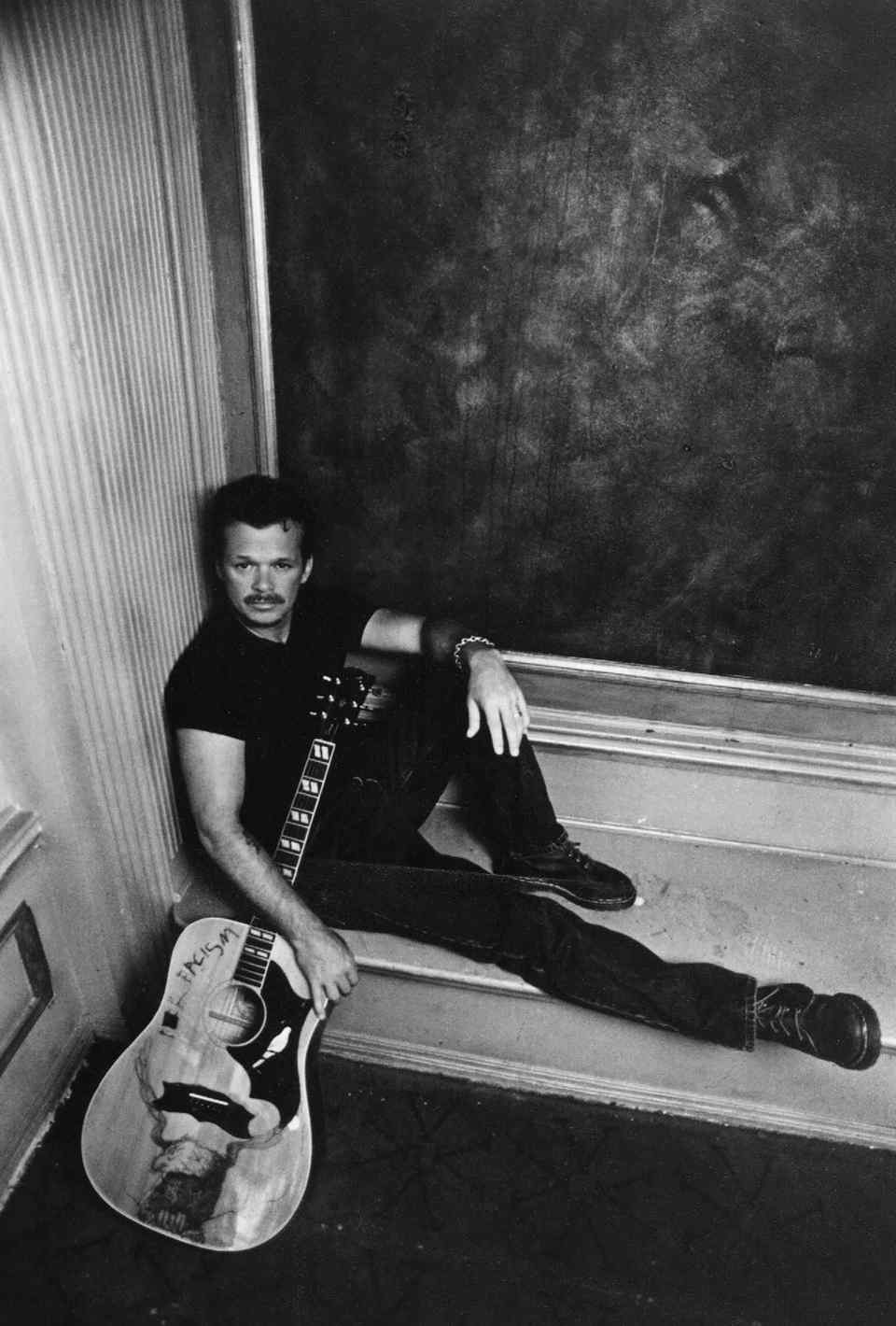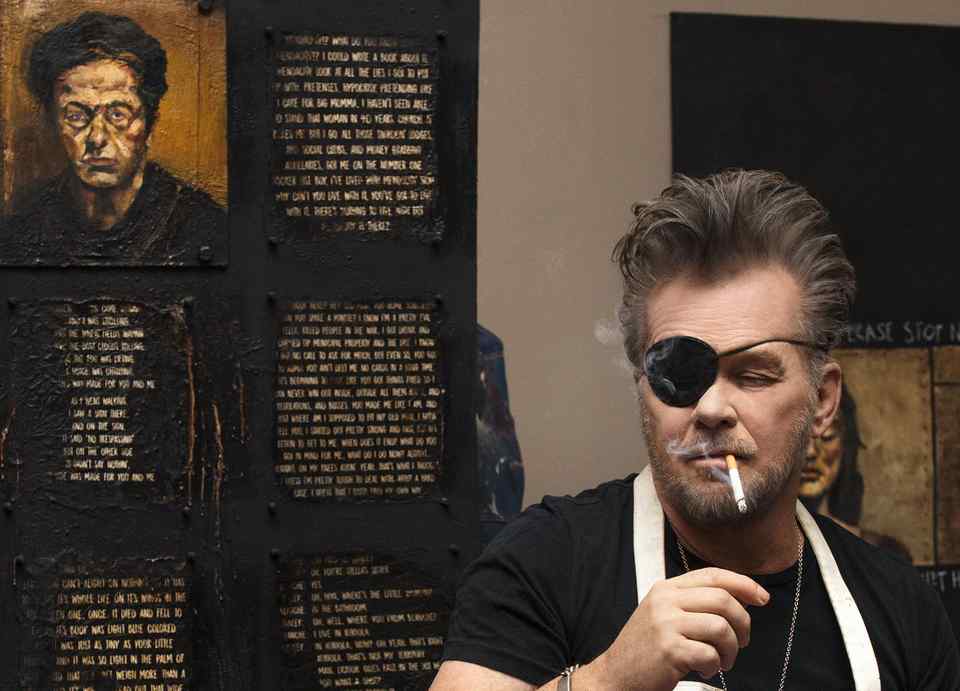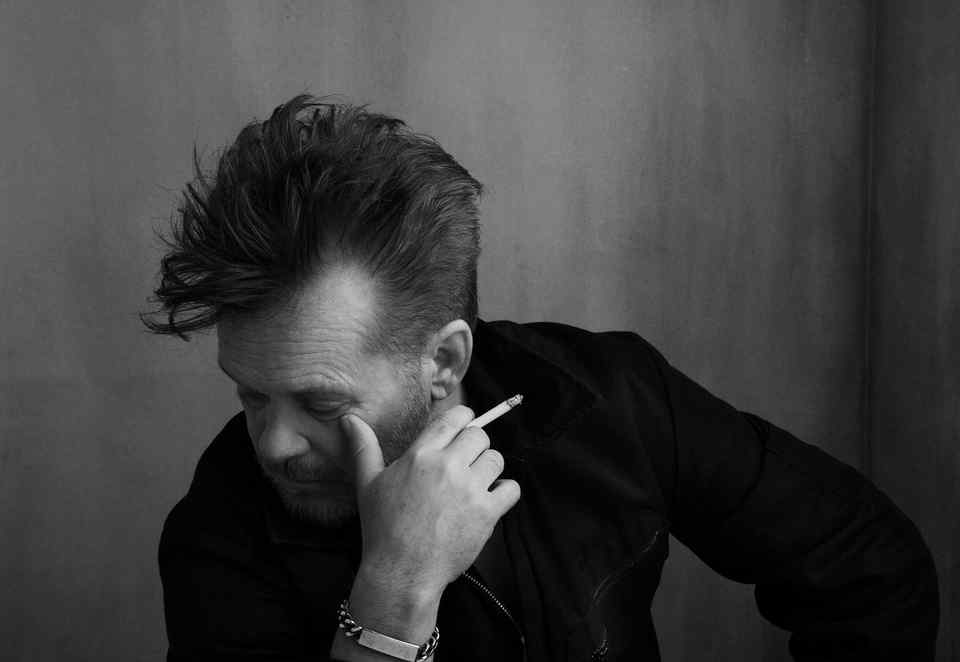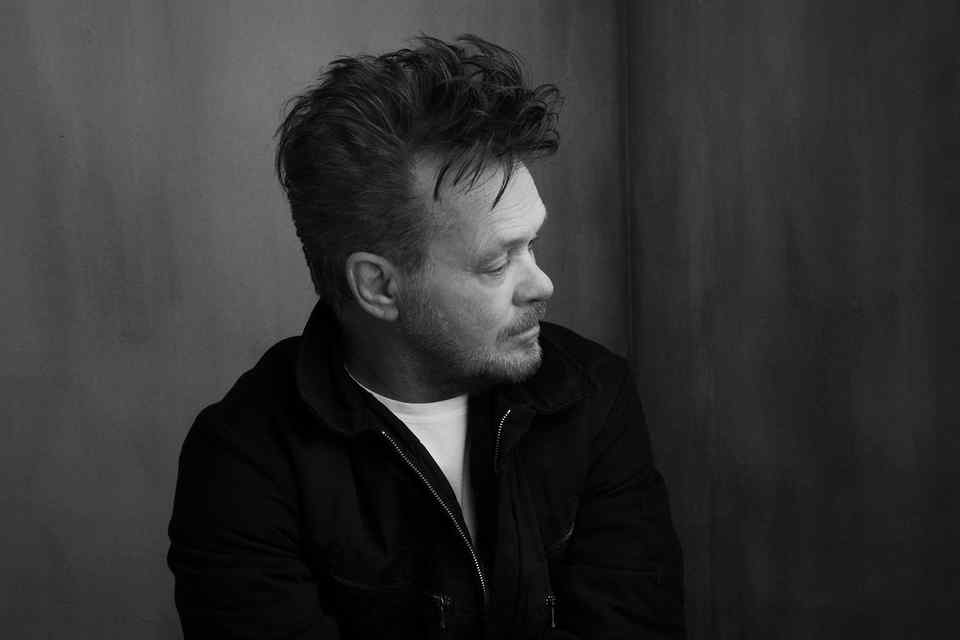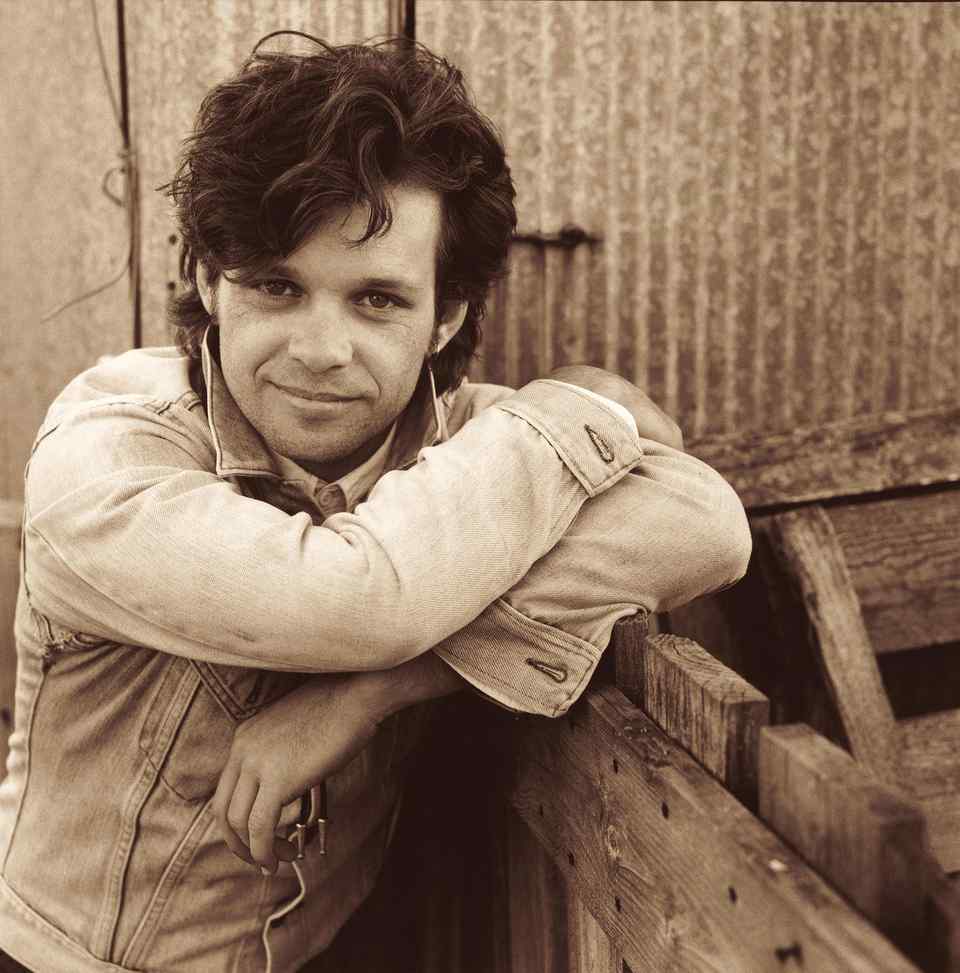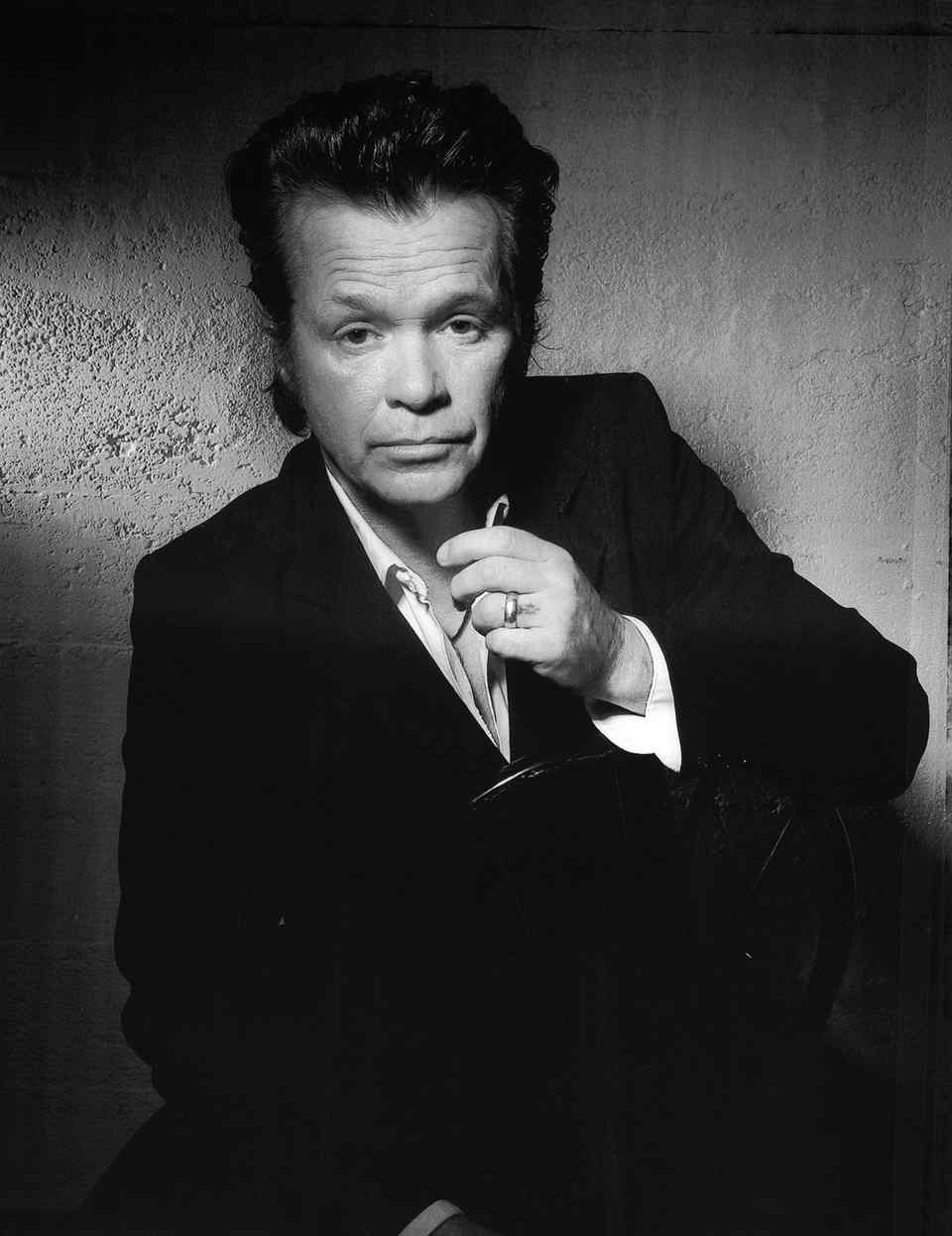ArtSlant: Skeletons In Our Shared Closet
John Mellencamp doesn’t see himself as an activist, which I suspect is his
humility speaking. There is no escaping the fact that Mellencamp is a political
artist. And I say this with the utmost respect as his views are heartfelt,
witnessed first-hand and lifelong. With work ranging from the alarming Strange
Fruit (2006), which points to past, horrific atrocities, to the straightforward
Coast to Coast (2005) that reveals the continuing problems and degradation more
and more are facing across our once great nation, we see the thoughts and
concerns of a passionate creator. And like one of his greatest influences, Max
Beckmann, Mellencamp paints powerful, impassioned, difficult and haunting
imagery that will find its way deep into the mind of the viewer as it picks and
prods memories, moods and impressions most would like to overlook.
In Mellencamp’s art, we often see many references to a country weakened by the
messages and methods used for self-serving political gains. We come face to face
with expressions that are ripe with both the personal and the universally
historic, and we are witness to a life lived without fear of reprisal in making
these observations clear. Mellencamp has no expectations of ‘across the board’
art world acceptance, or even limited success. He prefers not to blend into an
art world that stands for less, or reeks of fashionable intentions. His art is
made on its own terms, and, despite his obvious understanding of color and
composition (and of what I call rhythm and what he calls math) Mellencamp
maintains a truth that is undeterred, unique and stripped of any established
views he deems to be weak or misplaced
There are other important art references in Mellencamp’s paintings. Looking at
Twelve Dreams (2005), I was reminded of Picasso’s Three Musicians (1921). In
both paintings we see compositions controlled by poetic placements of brown,
black and white. The often overlooked dog in Picasso’s Three Musicians dissolves
even further into the background in Mellencamp’s ‘version’ which is seen here as
a simple suggestion of a dog's eye and ear on a brown patch of paint just above
a quickly rendered paw. And as Picasso often did, Mellencamp depicts himself as
the harlequin in Twelve Dreams suggested by the face paint and partially
checkered left pant leg. Where they differ is their intention. Picasso was
pushing the possibilities of Synthetic Cubism with works like Three Musicians,
as he masterfully utilized flat planes of color to indicate movement, form and
space. In Mellencamp’s Twelve Dreams, we feel the weighty souls of his subjects
lost in thought and stilted by circumstance. Here, the mood is darkened and made
more contemporary with the use of drippy spray paint and multiple painting
styles.
Two pivotal works, Fear in America (2005) and Skeletons (2005), anchor the show
at the Tennessee State Museum with multiple timelines and buoyant narratives.
With Fear in America we see Mellencamp’s innate ability to tackle difficult
color schemes by varying their visual weight and placement. Here, accents, text,
texture and time flows like wind through the ruin and decay of a long abandoned
home. In Skeletons, Mellencamp manages a somewhat earthy palette of Indian red,
greens, browns, blues and black to command our gaze. With this work, we see what
can be termed as a memorial to lives lost in conflict, whether it be a result of
an ‘official’ war or a declared hatred. And as a metaphor for the skeletons in
our shared closet, Mellencamp raises important issues that continue to fester,
and eat the center of our collective soul.
Most of Mellencamp’s mixed media works are comprised of multiple paintings. Even
photographs he’s taken are sometimes used, i.e., in Coast to Coast (2005), where
a map of the United States of America is broken down into natural and man-made
calamities. Upon close inspection of this, and many other works, you will see
the reuse of smaller canvases that were removed from their stretchers and
adhered to the larger canvas surfaces. These obvious edges, folds and tape used
to make the attachments might intimidate the average artist bent on seamless or
secretive technique. In Mellencamp’s art, these ‘imperfections’ become
statements on two fronts. For one, I see a reference to the American farmer,
laborer or factory worker who toils in patched clothes with barely usable
equipment. I also see a reference to our infrastructure comprised of the
faltering physical, political and moral elements, and how it’s all repaired with
temporary solutions that garner the most immediate profitability.
One interesting note for all you artists out there who made paintings some time
in the middle of the last century: Mellencamp’s preferred painting surface is
jute. He occasionally finds old rolls of it buried beneath or behind more
popular materials in a dusty corner of an art supplier’s stock room. Jute has a
wonderful texture, something like thick burlap -- and when used to its fullest
potential, as with the paintings of Mellencamp, it yields wonderfully tactile
effects.
If you're in Nashville on or before June 10th be sure to stop by the Tennessee
State Museum.
